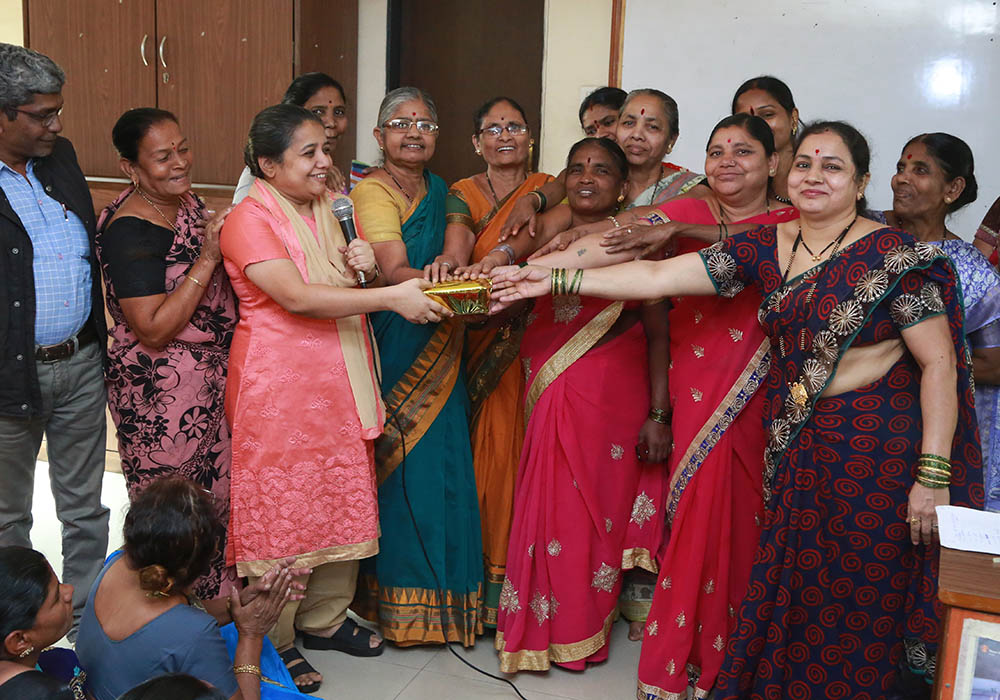Workers' rights have been a central concern in Catholic social teaching since its modern articulation beginning with Pope Leo XIII in 1891 with Rerum Novarum, his encyclical on capital and labor. Pope St. John Paul II emphasized the dignity of work, the importance of labor unions, and just wages. Pope Francis continued the Catholic social teaching tradition on workers' rights, supported the work of the International Labor Organization (ILO) and voiced his concern for child workers around the world.
Too many children around the world are forced to work when instead they should be at school. "But a child who does not smile, a child who does not dream cannot know or nurture his or her talents," Francis said in January 2025. "In every part of the globe there are children who are exploited by an economy that does not respect life; an economy that, in so doing, consumes our greatest store of hope and love."
The International Labor Organization has an ongoing campaign to educate about child workers and to advocate for them. In 2024, a UNICEF/ILO study estimated that 138 million children were in child labor worldwide, and 54 million of them were involved in hazardous work.
Africa has the highest number of child workers, but even in the U.S., child labor is a reality. News articles have documented the use of migrant children in hazardous work conditions, such as slaughterhouses.
Join the ILO campaign
In the GSR article, Sr. Christin Mary mentioned the ILO and its conventions on child workers, which promote legislation worldwide to prohibit, or to place severe restrictions on, the employment and work of children. In recent years, the ILO has promoted an awareness campaign on child labor: Thousands of students around the world have made and displayed pinwheels to bring attention to the plight of children who do not enjoy childhood because they are working. To join in this campaign, have your students make and display pinwheels with facts about child labor.
Before meeting with your group, download this free pinwheel template: https://www.haverford.edu/sites/default/files/Office/Communications/Pinwheel-Template.pdf (or use another template for a pinwheel). Print copies of the pinwheel on paper that has some thickness but can be easily bent; print enough for each student and a few extras. The students will also need pencils with erasers to form the stalk of the pinwheel and push pins to secure the paper pinwheels to the pencil erasers. (Alternatively, you can purchase pinwheel-making kits online or in craft stores.)
To display, the pinwheel pencils can be stuck into pots with packed soil, into florists' foam blocks or into discarded packing foam. Identify a place in your school or church community to put the pinwheels on display for a few weeks, inside or in a protected outside area. Also, the students can take their pinwheels and share their messages with other students at an assembly or simply raise awareness by carrying them around for a school day.
With your group, first explain to your students that the ILO has inspired students around the world to make and display pinwheels to bring awareness to the plight of child laborers. Tell them that through this activity, the students are becoming a part of a global community that works to end the injustice of child labor.
Next, have students research brief facts about child labor so they can write or paste these on their pinwheel paper before bending it. (The ILO website has facts, as does the UNICEF website. U.S. news media have recent stories on child migrant workers.)
Students may also want to find photos of children working to add to their pinwheels.
After doing research and putting together their pinwheels, have the students share what they learned about child labor around the world. Help them decide how to share their pinwheel campaign with others.
What were the most striking facts you learned about children who are working?
What do children lose when they have to work rather than go to school and engage in activities such as sports, music, etc.?
How do you feel being part of an international campaign and a global community that cares about children and wants to educate others on child labor?
What are the advantages of doing advocacy with a large network of many people?
Creator God, you have made all your children to live in dignity so they may flourish and develop their talents for the common good. Too many children and young people today are forced to work in our country and around the world. We pray for a just world where all children can grow and develop through care and education. Help us work for such a world and support the efforts of all those who educate and advocate for justice. Amen.
Tell us what you think about this resource, or give us ideas for other resources you'd like to see, by contacting us at [email protected].
